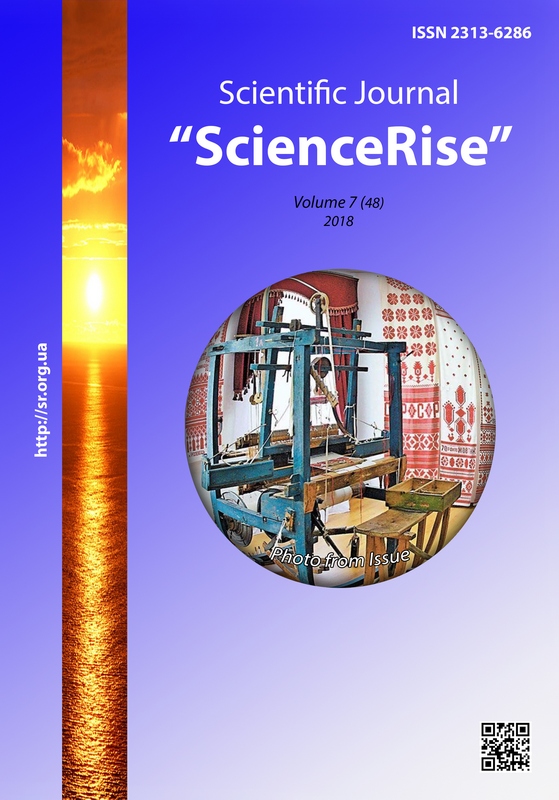Analysis of the tattoo of the clan representative community and its positive deformation in society
DOI:
https://doi.org/10.15587/2313-8416.2018.140257Keywords:
tattoo, design, clan society, grouping, functions, types of tattoos, aesthetic component, highly artistic drawingsAbstract
In this article the problems of tattoo influence in clan societies as one of the subspecies of modern tattoo in general are considered. Various tattoos are analyzed in individual clan communities and groups. The research results on the study of differences, directions, both positive and negative, of individual representative communities and their tattoos are formulated
References
Hamble, U. D. (2014). Tattoo history Signs on the body. Rituals, beliefs, taboos. Moscow: Center Polygraph, 272
Levy-Strauss, C. (2001). Structural anthropology. Moscow, 274
Polosmak, N. V. (1996). Burial of the noble Pagirisk woman. 167.
Baldaev, D. S. (2006). Tattoos of prisoners. Saint Petersburg: Limbrouss Press, 168.
Mednikova, M. B. (2007). Indelible signs: a tattoo as a historical source. Moscow: Languages of Slavic cultures, 220.
Pyrozhkov, V. F. (1994). The laws of the criminal world of youth. Criminal subculture. Ch. 4. Tver: Izd. Prize, 320.
Queen, W. (2005). Under and Alone. Random House, 228.
Kusters, A. Odo Yakuza Tokyo. Zabrozas. Burn Magazine, 224.
Baranovsky, V. A. (2002). The art of tattooing. Moscow: Slavic House of the Book, 320.
Bodalev, A. А. (1998). Peak in the development of an adult. Moscow, 278.
Downloads
Published
Issue
Section
License
Copyright (c) 2018 Alexander Krotevich

This work is licensed under a Creative Commons Attribution 4.0 International License.
Our journal abides by the Creative Commons CC BY copyright rights and permissions for open access journals.
Authors, who are published in this journal, agree to the following conditions:
1. The authors reserve the right to authorship of the work and pass the first publication right of this work to the journal under the terms of a Creative Commons CC BY, which allows others to freely distribute the published research with the obligatory reference to the authors of the original work and the first publication of the work in this journal.
2. The authors have the right to conclude separate supplement agreements that relate to non-exclusive work distribution in the form in which it has been published by the journal (for example, to upload the work to the online storage of the journal or publish it as part of a monograph), provided that the reference to the first publication of the work in this journal is included.

